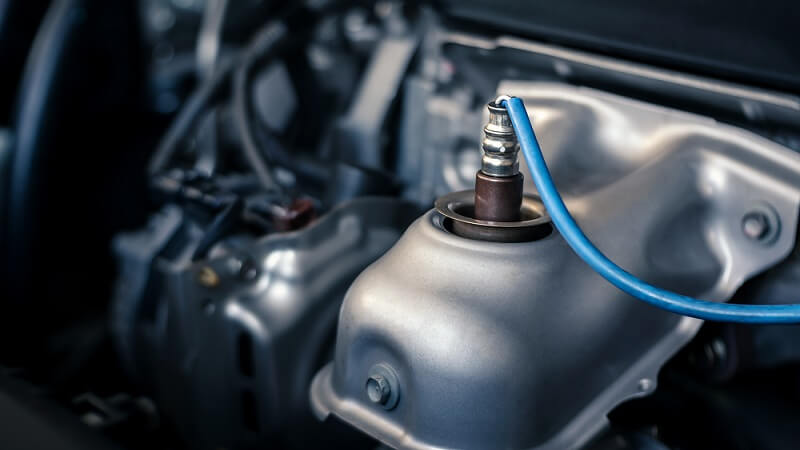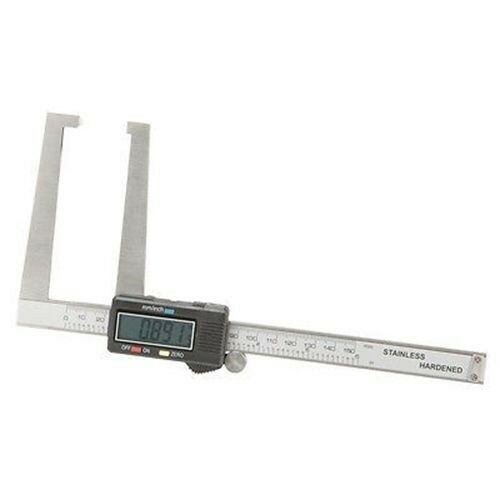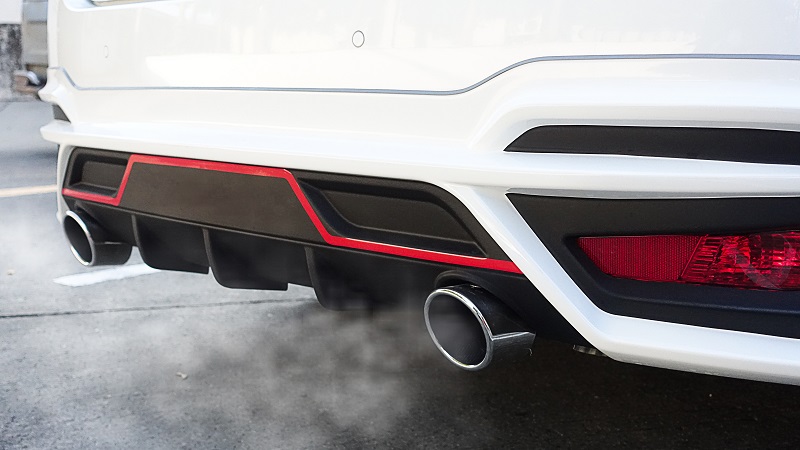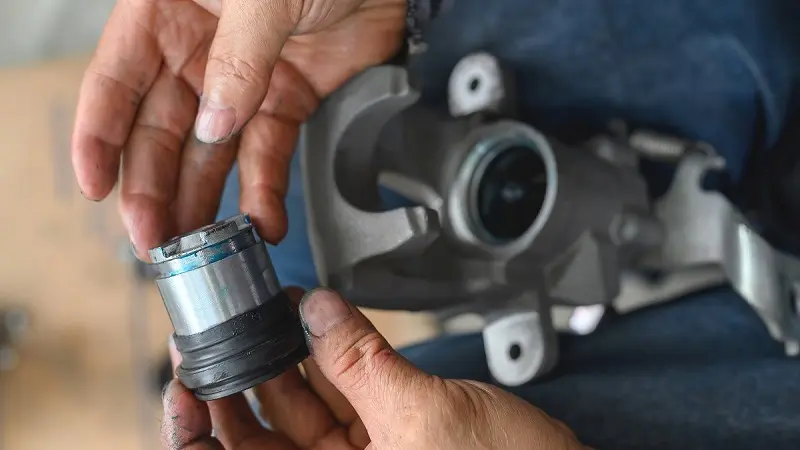Everybody should know how to add brake fluid when you see that it is low. It can happen that you will never do it by yourself, but better to know how to do it, just in case!
Like every mechanical system of a vehicle, the braking system needs a lubricating fluid because it’s moving components tend to get rather hot as they’re in use. If there is no brake fluid or if it is in poor shape, then the braking system will not function smoothly as you are driving.
Here is some advice on how to add brake fluid.
How to Add Brake Fluid
1. Buy Brake Fluid
Every car or truck has a specific type of brake liquid. It can be “DOT 3” or “DOT 4”. The “DOT” means that it meets the specific standards set by the Department of Transportation. The only difference between them is their boiling point.
Because of a higher boiling point and a low price (446 °F) most people prefer DOT 4 than DOT 3.
It’s very important for a brake fluid the boiling point because brake fluid is subjected to very high temperatures, especially in the wheel cylinders of drum brakes and disk brake calipers. It must have a high boiling point to avoid vaporizing in the lines. This vaporization creates a problem because the vapor is highly compressible relative to liquid, and therefore negates the hydraulic transfer of braking force – so the brakes will fail to stop the vehicle.
2. Park on a Level Surface
Before checking the fluid level, make sure that you parked your car on a flat surface, so you will know exactly how much fluid is left in the reservoir. If it’s parked on a hill, then you will get a wrong reading of a fluid level because one side of the fluid will be higher than the other.
3. Clean Brake Fluid Cap
When opening the fluid reservoir cap, watch out for debris on it. If it gets in, you’ll see the fluid got a dark color which can damage the brake system. So before you open the cap, make sure you cleaned up all around, and nothing can get inside of the reservoir.
4. Inspect Fluid Color

Check the fluid color , it shouldn’t be dark, and check if there is any debris inside of the fluid, if there is, then you must change all the brake fluid. You can use a testing strip to check how much fluid is left inside of the reservoir.
5. Add Brake Fluid

It’s very easy. For some vehicle owners, it’s necessary to use a small funnel for adding the fluid if the brake fluid reservoir does not have a wide mouth. Then start pouring the fluid inside until you can see its level between the “low” and “full” marks. Try not to cross the “full” mark, because it can spill out all over the vent in the reservoir, paint and other areas of the engine.
Brake fluid can eat the paint of your car, because of that it’s important to have next to you water or disposable towels to clean it. If it happened that you spill it all around, then try to clean it up according to asap. The easiest way to clean it just to spray it with water and to dry with a towel.
6. Test Drive
After you are finished with all the steps, take your car and drive it around to make sure that everything is working. After the drive, check one more time the brake fluid level to confirm its correct level.
Now you know how to add brake fluid! Congrats!





